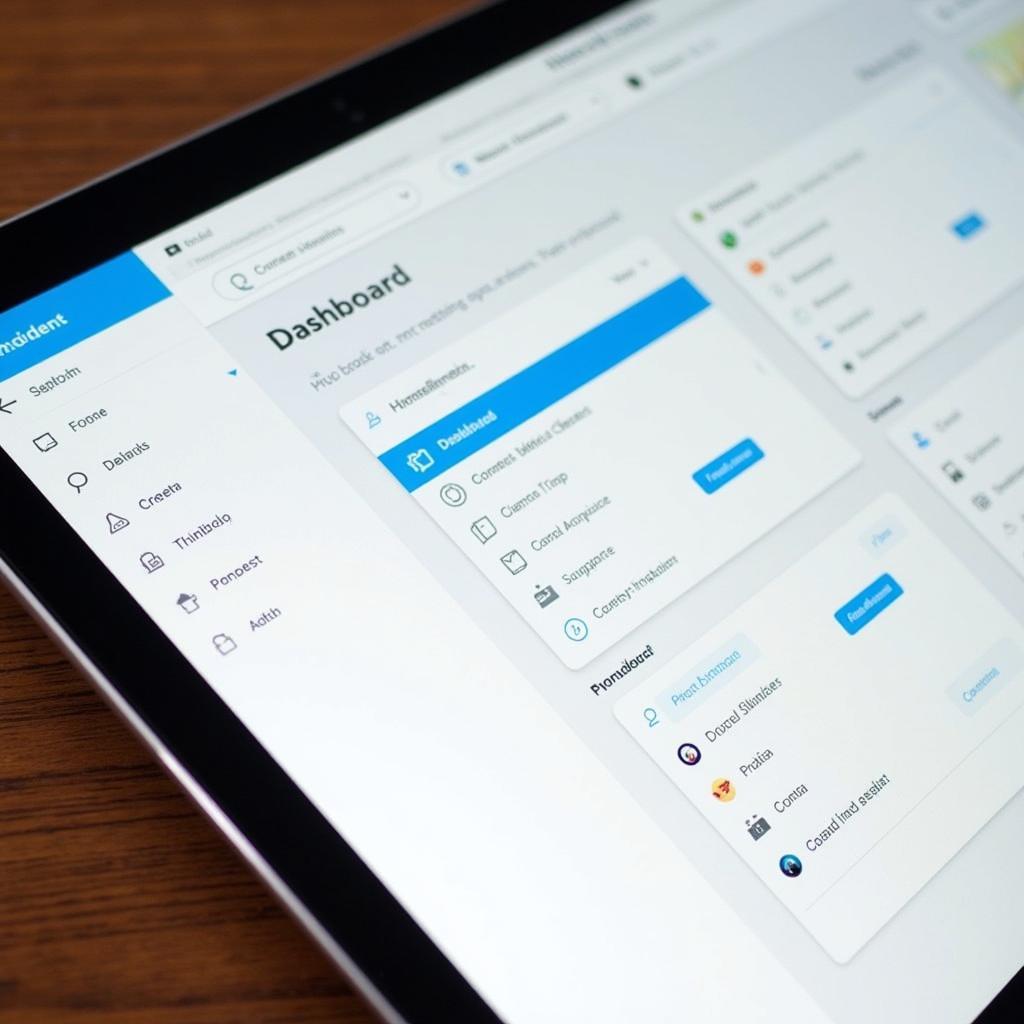Home automation is becoming increasingly popular, allowing you to control various aspects of your home with ease. If you’re looking for an affordable and powerful way to create your own smart home system, then combining the versatility of a Raspberry Pi with the robust capabilities of Home Assistant is the perfect solution.
What is Home Assistant?
Home Assistant is an open-source home automation platform that prioritizes local control and privacy. Unlike cloud-based alternatives, Home Assistant allows you to store and manage your data locally, giving you complete control over your smart home environment. This means you don’t have to worry about your data being stored on external servers or potential privacy breaches.
Why Choose Raspberry Pi for Home Assistant?
The Raspberry Pi is a credit card-sized computer that has taken the DIY electronics world by storm. It’s affordable, versatile, and powerful enough to handle the demands of running Home Assistant smoothly. The combination of Home Assistant and Raspberry Pi gives you an incredibly flexible and customizable platform to build your dream smart home without breaking the bank.
 Home Assistant Dashboard on Raspberry Pi
Home Assistant Dashboard on Raspberry Pi
Getting Started: How to Install Home Assistant on Raspberry Pi
- Choose Your Raspberry Pi: The Raspberry Pi 4 is recommended for its performance, but earlier models like the Raspberry Pi 3B+ will also work well.
- Install Home Assistant OS: Download the Home Assistant OS image and flash it onto an SD card using a tool like BalenaEtcher.
- Boot Up and Connect: Insert the SD card into your Raspberry Pi, connect it to your network, and power it on. Home Assistant will automatically install and configure itself.
- Access the User Interface: Once the setup is complete, you can access the Home Assistant user interface through a web browser on any device connected to your home network.
Benefits of Using Home Assistant with Raspberry Pi
- Cost-Effective: Building your smart home system with Home Assistant and Raspberry Pi is significantly more affordable than purchasing expensive commercial hubs.
- Local Control and Privacy: Home Assistant keeps your data local, giving you peace of mind and control over your privacy.
- Extensive Device Support: Home Assistant integrates with a vast range of smart home devices and protocols, allowing you to connect and manage all your devices from a single interface.
- Customization and Flexibility: Home Assistant’s open-source nature and the flexibility of Raspberry Pi enable endless customization options. You can tailor your smart home system to your specific needs and preferences.
 Smart Home Automation with Raspberry Pi and Home Assistant
Smart Home Automation with Raspberry Pi and Home Assistant
Exploring the Possibilities: What Can You Do with Home Assistant?
With Home Assistant and Raspberry Pi, you can create a truly interconnected and automated home experience:
- Smart Lighting: Control your lights based on time of day, occupancy, or even sunrise and sunset.
- Climate Control: Manage your thermostat and create schedules to optimize energy consumption.
- Security and Monitoring: Integrate security cameras, motion sensors, and door/window sensors to keep your home safe.
- Entertainment: Control your music system, stream media, and create custom scenes for movie nights.
Conclusion
Combining Home Assistant and Raspberry Pi offers an unparalleled solution for creating a personalized, private, and powerful smart home system. With its affordability, flexibility, and extensive device support, this powerful duo puts you in complete control of your home automation journey. Start building your dream smart home today and experience the convenience and possibilities of a truly connected living space.